Super Dimension Century Orguss, 1993
Of the various close calls I experienced while working on staff at Malibu Comics, this one came the closest. Let’s start with some background.
In the summer of 1983, a hugely popular anime series titled Super Dimension Fortress Macross wrapped up its 36-episode run on TV in Japan, giving way to another show in the same time slot. Orguss debuted in July and ran for almost the same length (35 episodes) to finish in April ’84. Those of us outside Japan who scanned the monthly anime magazines knew about it, but the tape-trading lag that was endemic to the times meant we wouldn’t get to see it until a few months later.
If you were into Macross, it was very easy to slide into this series. Despite the similar title, however, it was not a sequel and had nothing to do with its predecessor. It was a new, original story that looked and sounded a lot like Macross. All by design, of course; it came from the same creative forces behind Macross in an effort to attract the same fans.
I was one of them, collecting scattered episodes and picking up support media to help make sense of it. That’s how you had to do it before the modern import era, and it turned some of us into expert scavengers. Orguss records, toys, model kits, and other merch was gathered, adding to the overall mystique.
The story of Orguss wasn’t as accessible as Macross. The concept alone was much more complex; a dimensional bomb goes off in a future war, merging several different Earths together into a single patchwork planet. A human is flung into this crazy-quilt world of rival clans and states and species, and is eventually forced to put it right by going back in time to stop himself from setting off the bomb.
Fans did their best to sort all this out on their own, but bigger guns finally stepped in to make it official in 1992.
As anime fandom in the US grew in the 80s, a California-based company named Books Nippan became a steady supplier of books, music and other media. In 1987 they established a special projects division named U.S. Renditions, one of the first companies dedicated to importing anime on home video, starting with Dangaioh in 1990.
They were already acquainted with Malibu Comics by the time I showed up, with a specific interest in getting a project going under the Eternity Comics imprint. (As explained in previous articles, that’s the imprint that handled anime/manga properties like Robotech and Captain Harlock, so it was a good fit.) They had acquired Orguss for the US video market, and I just happened to be there at the right time to become intimately involved.
Before I knew it, Malibu had licensed Orguss from U.S. Renditions to turn into an Eternity title. I was in the meeting where the check was handed over, and I was everyone’s first choice to draw the adaptation. This was at the start of 1993, and the timing was perfect. All my Eternity projects would soon wrap up, and I was wide open for a new one.
U.S. Renditions was poised to launch the series on VHS (two episodes per tape) in 1994, and the plan was to debut the comic at the right time to sync up. Producer Kevin Seymour, writer Raymond Garcia, and translator John Scharmen were completely on board, ready to feed me whatever information they could, including extra story material from the Japanese Orguss novelization. Right place/right time.
The first question I had to grapple with was, how do you get a 35-episode series into a comic book that actually has a chance of survival in a market that was turning more and more hostile by the day? Remember, 1993 was year the entire comic industry was beginning to collapse under its own weight. (Click here for details.)
Imported anime on VHS was still a novelty at the time, so everyone involved was prepared to believe that video and comic sales would mutually support each other. I was less confident. If we embarked on a 1-episode-per-issue adaptation, I was certain we would never get to the end. And I was sick and tired of seeing my projects end prematurely. Instead, I thought 12 issues was the most we could count on. Somehow, I was going to find a way to make it work; an adaptation that delivered the essence of the story in a package that could survive market forces.
Step one was to reconstruct the outline of the TV series. I did this by transcribing a 35-episode synopsis written by a friend for a fanzine we’d been involved with a few years earlier. Then, rather than carve it up by episode breaks, I treated it as a single unbroken narrative that could be divided into twelve parts. We couldn’t cover every single detail, but with the series out on video we didn’t really need to. It would be an alternate version of the story seen through a wide-angle lens, like a highlight reel with a flavor of its own.
Here’s a page from the proposal I passed around (which was accepted by all parties):
Then I struck on another idea; Eternity had recently experimented with a cross-promotion scheme where a story was serialized as a backup feature in a different comic. For example, a Robotech Invid War story was serialized as a backup in Captain Harlock, and a Captain Harlock story was dropped into Return to Macross. (Click on those links to see them for yourself.) So, I thought, why not do the same to help promote Orguss?
We could create an entire debut issue, break it into four pieces, run three of them in a Robotech comic, then combine all four into Orguss #0. Publish that as a prequel to the 12-issue Orguss series, and we’re off to the races! Then, if we were all pleasantly surprised by high sales figures along the way, we could fall back into a more relaxed pace and expand it to go beyond 12 issues. Either way, it would be an effective launch mechanism.
In my head, this was the most practical way to proceed. I wrote it all up in my proposal and passed it around. Everyone nodded in unison, but nobody, including Eternity editor Mark Paniccia, could give me a start date yet. I was sure it would only be a matter of time until someone hit the green light, and it would be a nice surprise if I had an entire issue ready when they did. Plus, it happened to be the 10th anniversary of the original broadcast. It felt like the stars were aligned.
Therefore, completely on my own initiative, I started scripting issue #0 and issue #1. I did my usual thumbnail and then went into roughs. Bruce Lewis was the other anime/manga devotee in the art department, so I invited him to collaborate. Our arrangement was that after I roughed out a page, he would handle character art and I would handle mecha, and we’d split whatever was left over.
We got started without official approval, trading pages back and forth on the downlow. It felt like prepping a surprise party. We went through the summer and into the fall, but still couldn’t get a start date out of anyone. Nevertheless, Malibu began promoting Orguss at conventions. First at Anime America (June), then Comic Con (July) and then at the Philadelphia Comic Con (October). Every signal was positive. Until it wasn’t.
I honestly don’t know what happened, even to this day. But at some point after October, Mark told me the series was cancelled. You could have flattened me with a butterfly. I’d had projects turned down in the proposal stage, but Orguss had gone far past that. Licensing fees had been paid. Advertising had taken place. What the hell was the problem?
Looking back from time and distance, I can only assume the series was yet another innocent victim of the severe contraction that was plaguing the comic industry in late ’93 and early ’94. Sales were tanking for everyone as cascading store closures knocked the foundation out from under us. Malibu had gone on a big, irresponsible spending spree leading up to this, and now they had to overcorrect. This meant canceling projects before they began to run up a tab, to avoid throwing good money after bad.
I repeat, this is only my assumption. There could have been something else going on. It’s just the one explanation that fits all the facts. I got partway through issues #0 and #1, putting them both away before either went to ink. And that was that for the comic.
U.S. Renditions did move forward with their VHS launch, ultimately releasing half of the series to home video (dubbed in English) before it, too ran out of steam. Orguss went dormant until a license rescue was performed by Imaginasian in 2007, when the entire series was released on DVD (subtitled). It was rescued again by Discotek in 2021, and can be purchased on Blu-ray from Crunchyroll or Amazon.
I rewatched Orguss in 2022 for the first time in decades, and I regret to say it doesn’t hold up well. The art is rougher than I remember, the story thinner, and the characters are mostly unlikeable. I didn’t feel that way back in 1993, maybe because I was preoccupied with making it work on a purely structural level. Plus, we didn’t really get into the nitty-gritty of the plot in the startup issues. I might have made the same discovery back then, or it might have still worked well enough for the time. Who knows?
All I can say for sure is that I would have given it my very best effort, treated it as honorably as all the other comics I worked on, and hopefully produced something worthy of being remembered. Whatever the end result, I wish we all had the chance to find out.
Issue #0 Production Materials
Issue #1 Production Materials
Sketch Gallery
Ad concept (rough and layout)

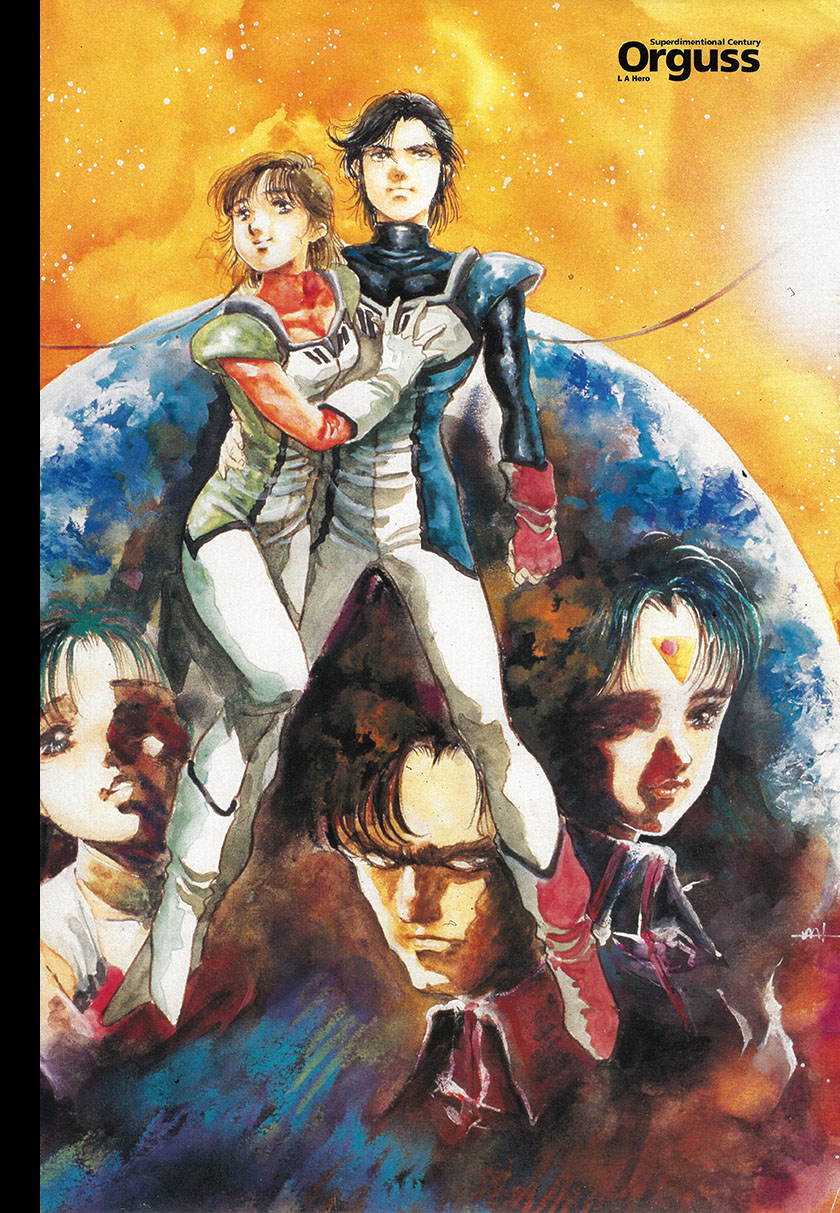
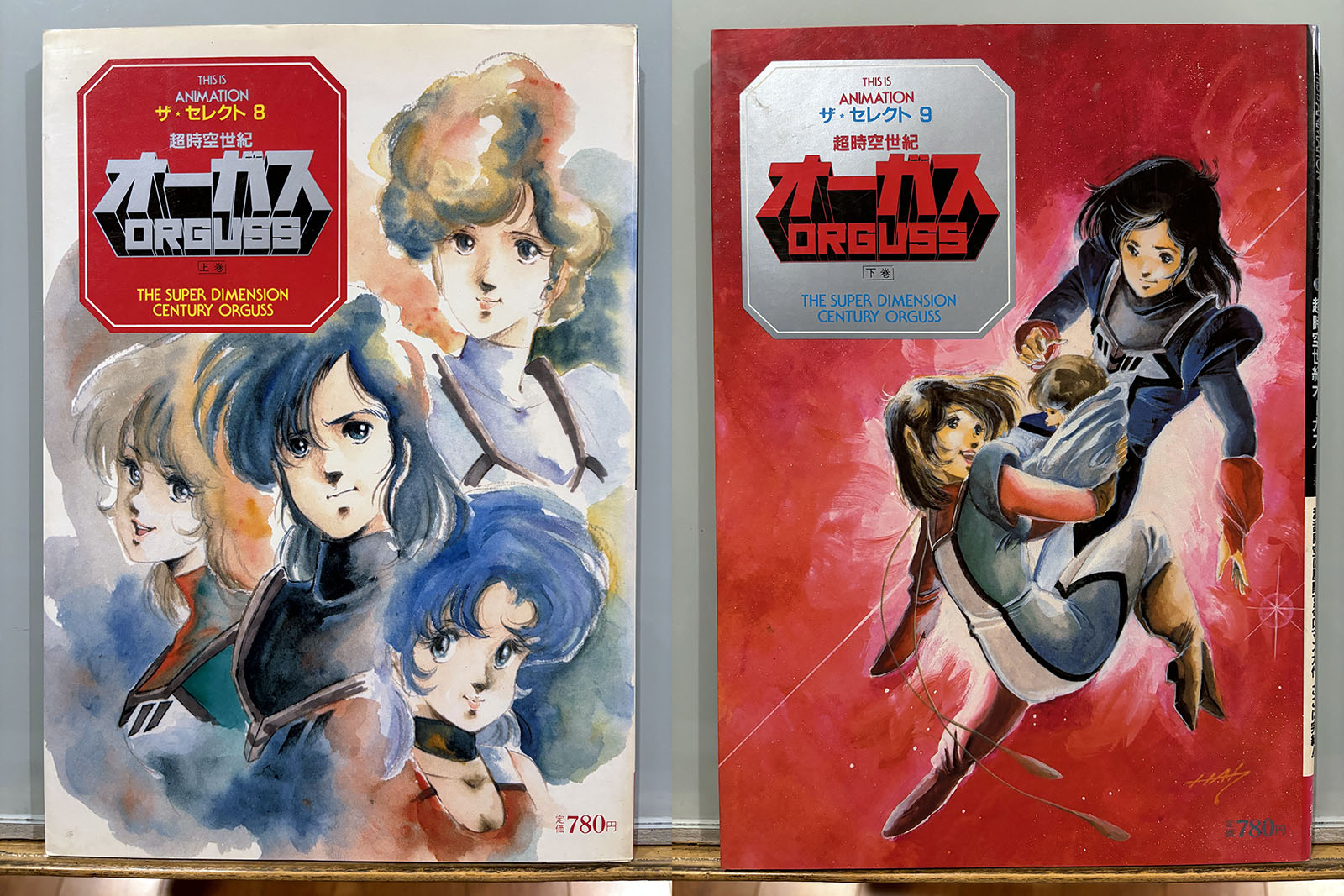

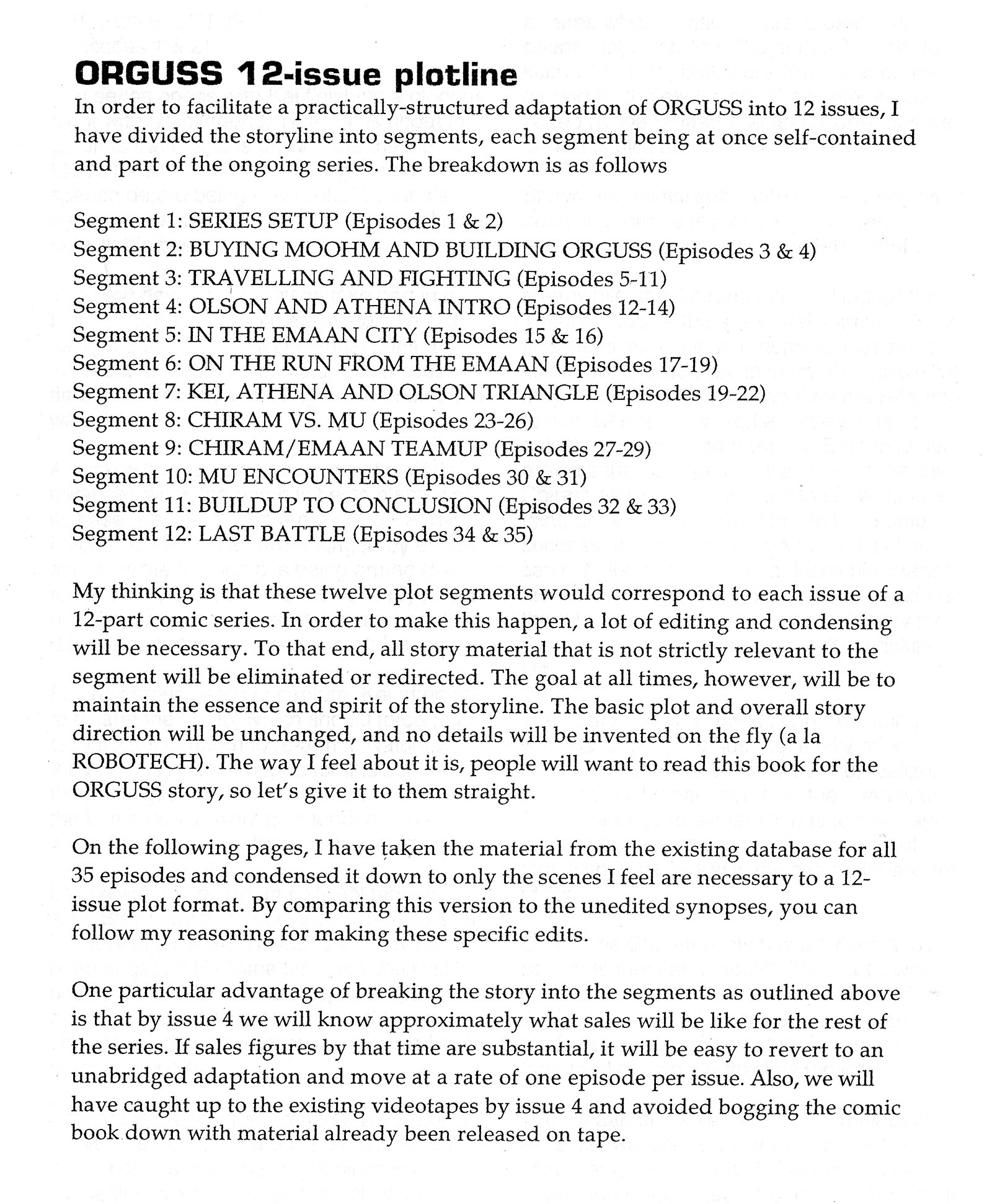
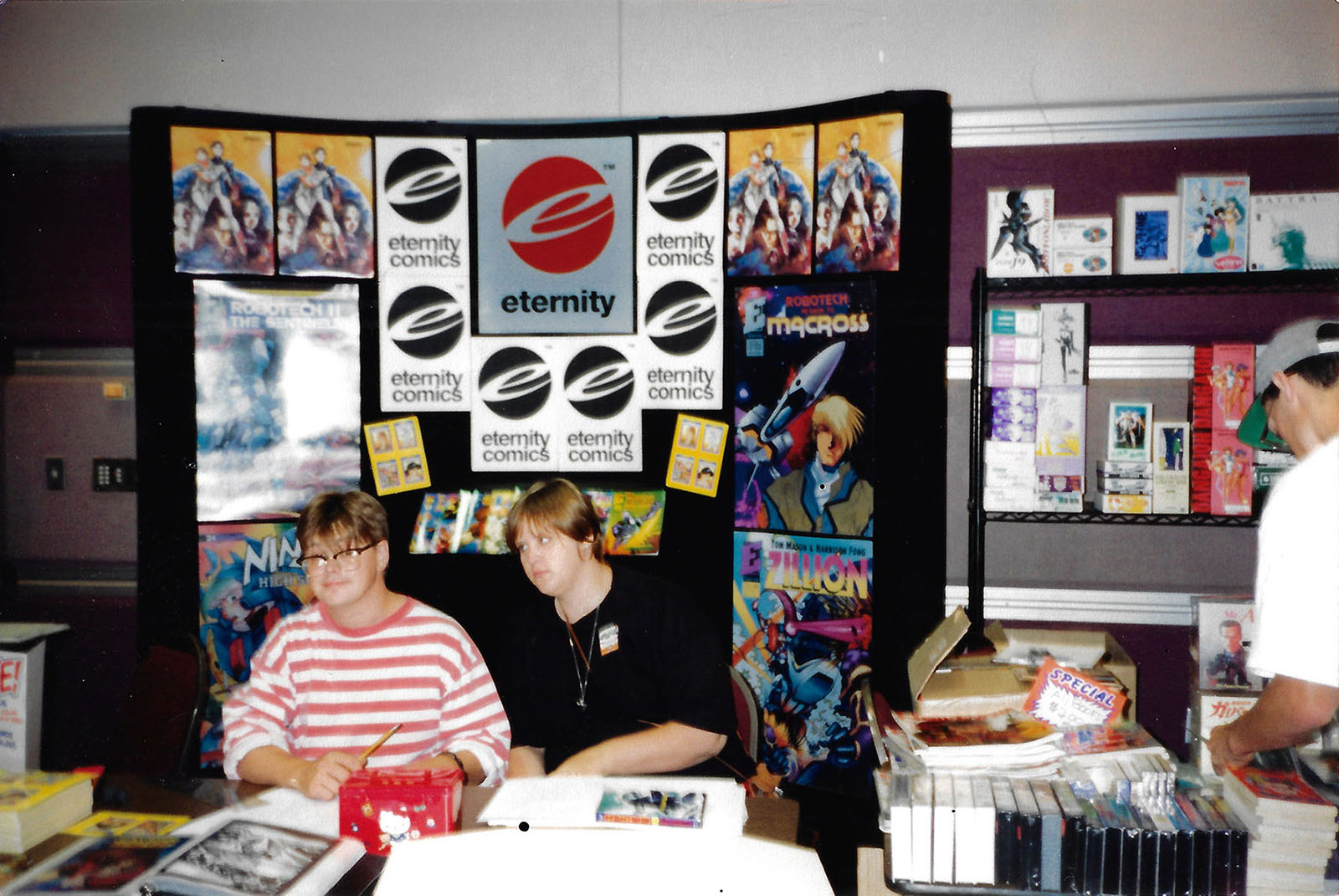
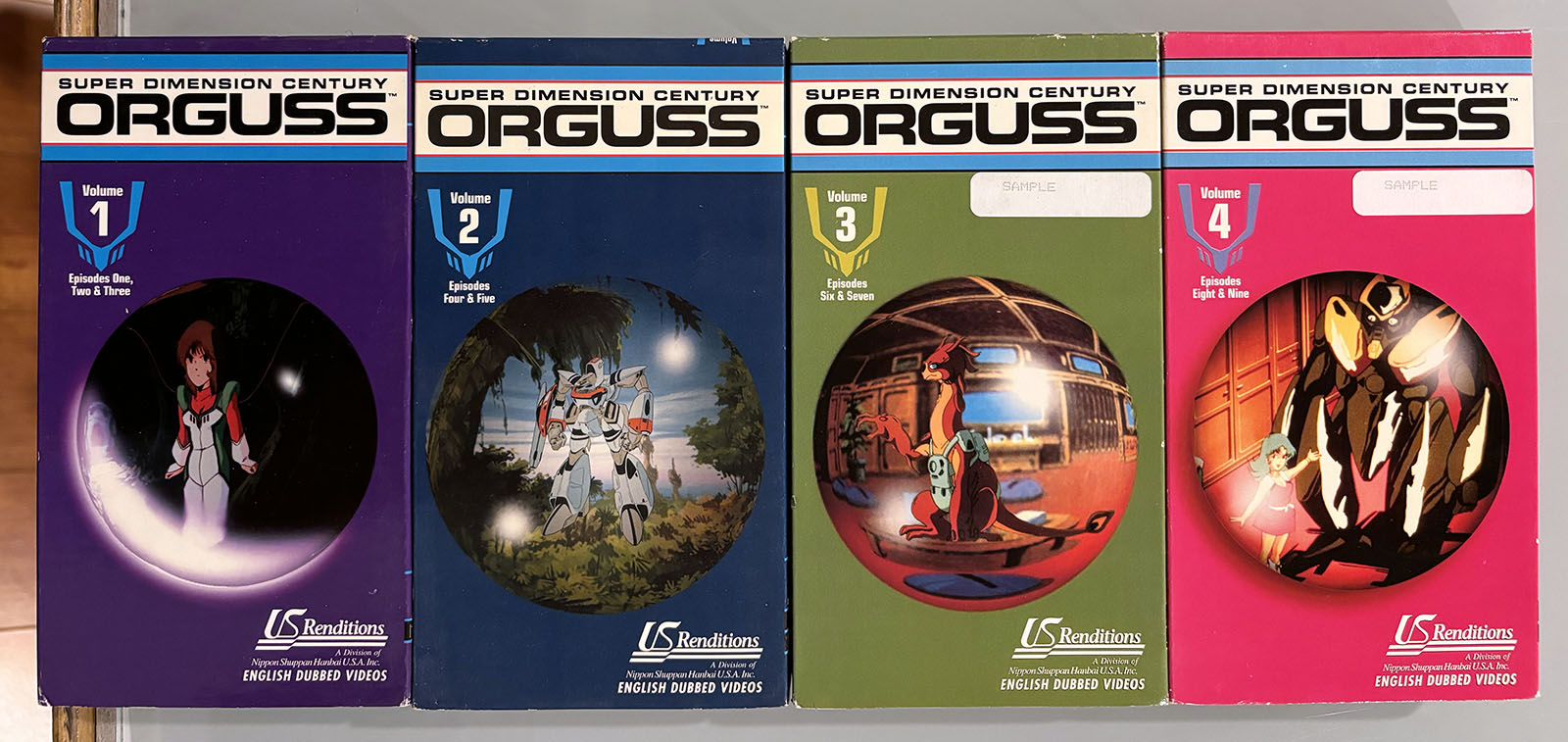
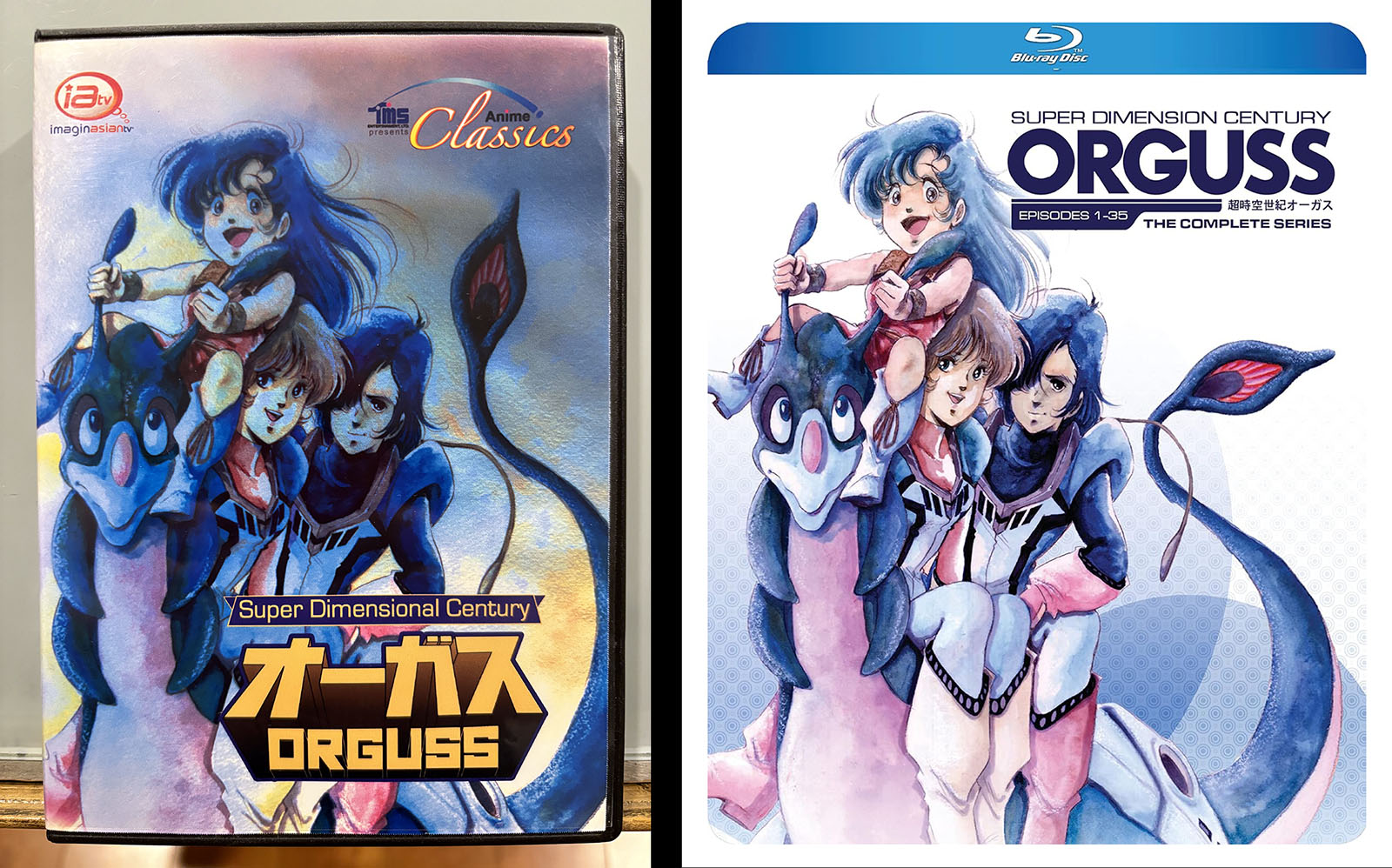
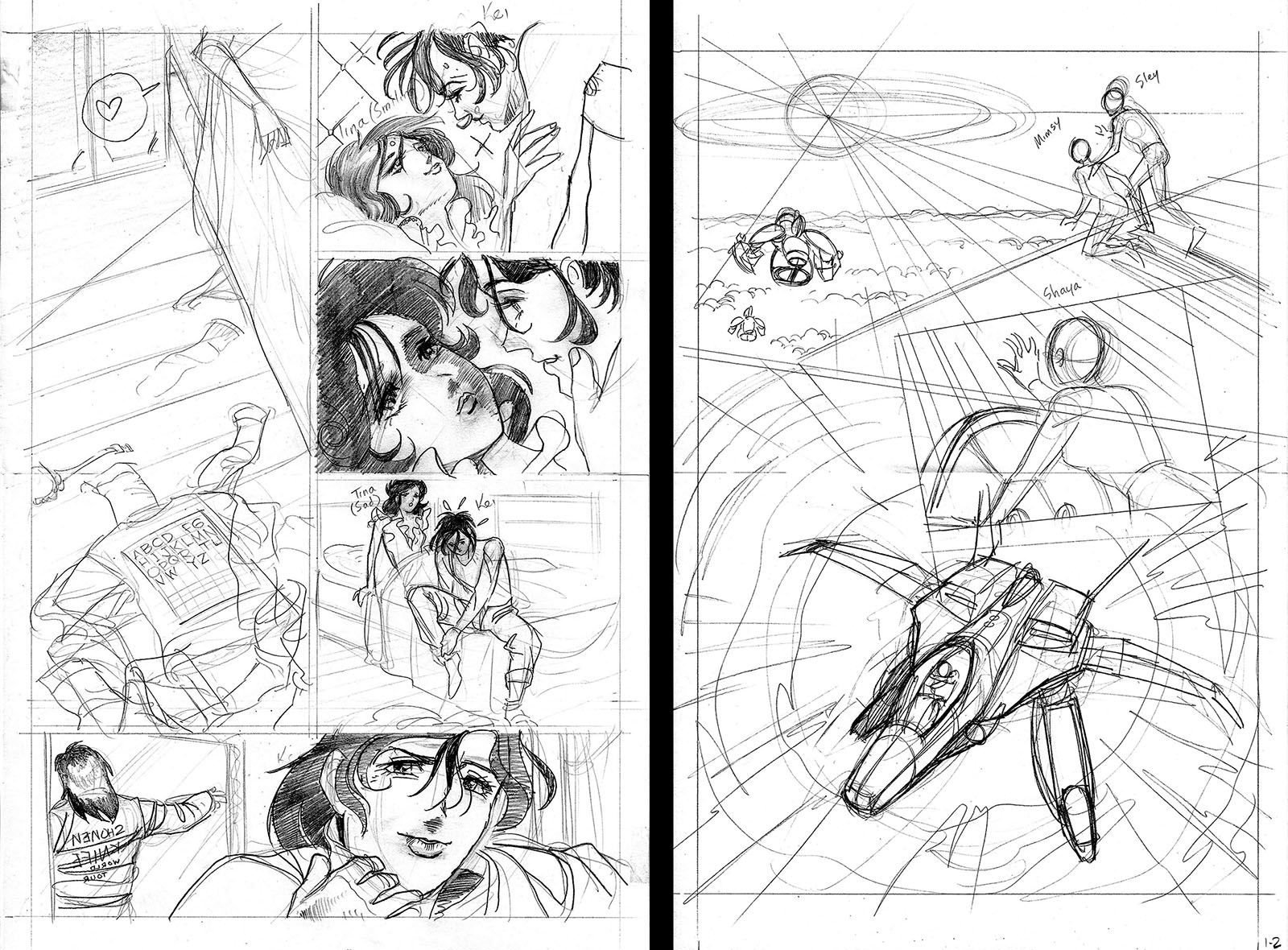
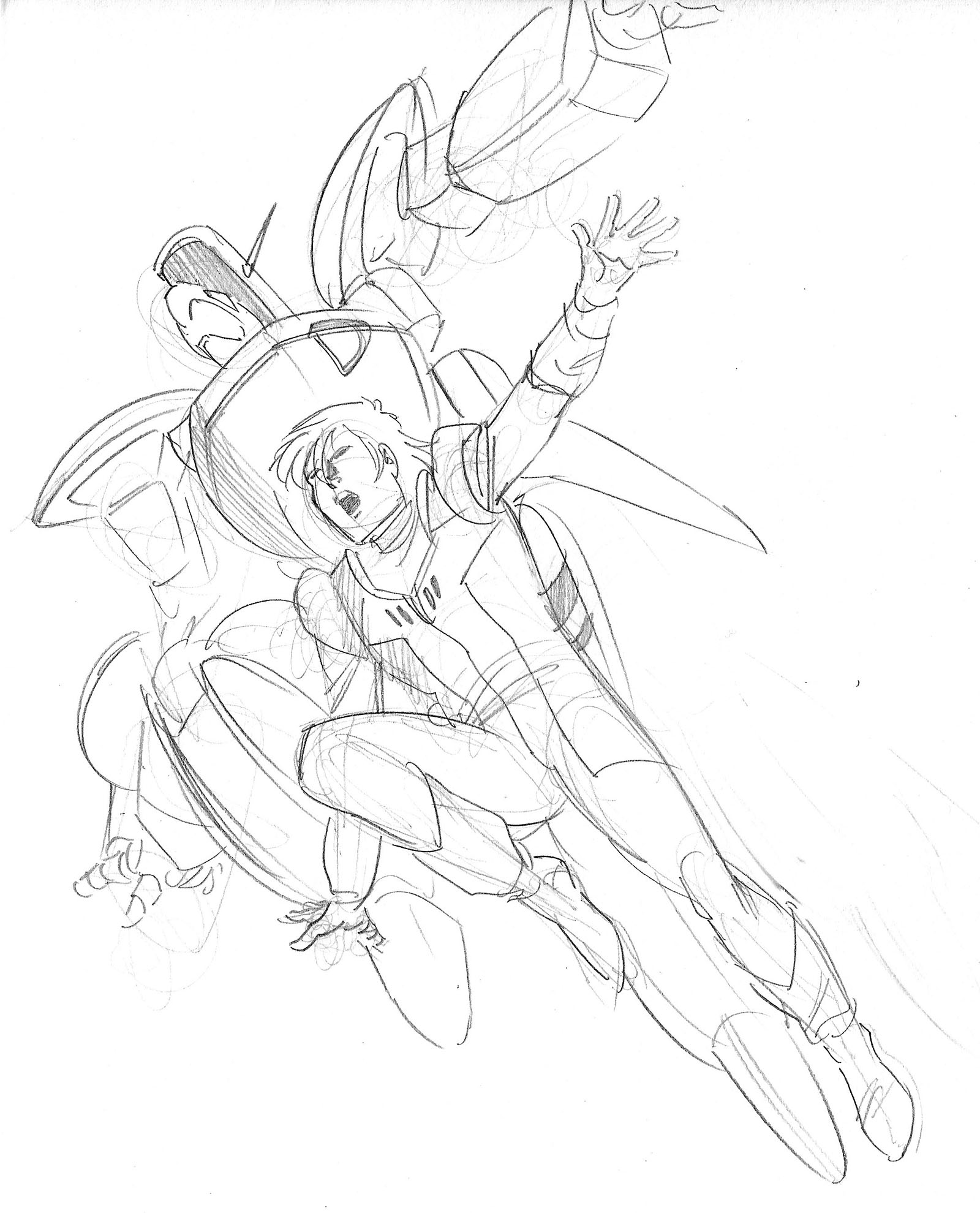
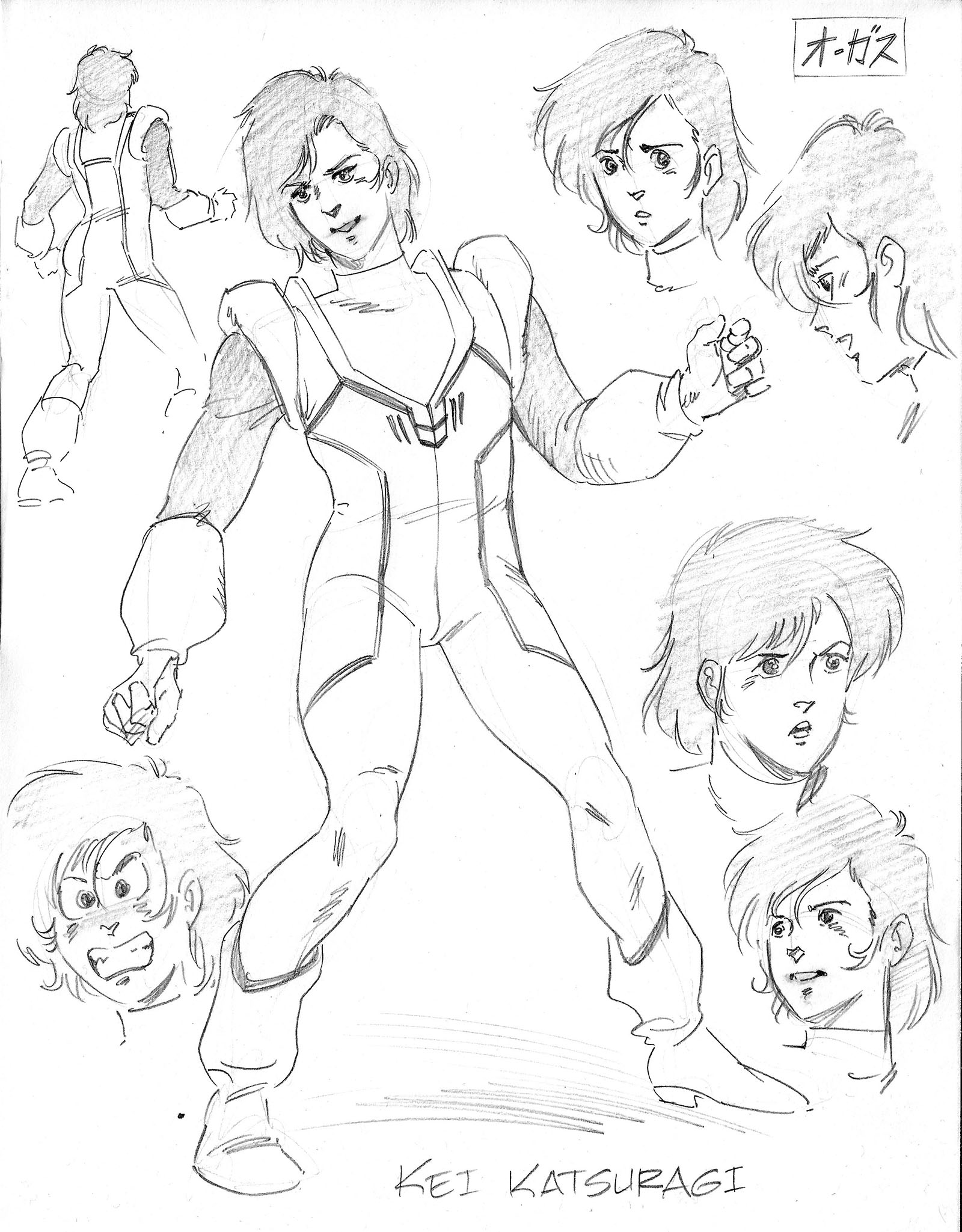
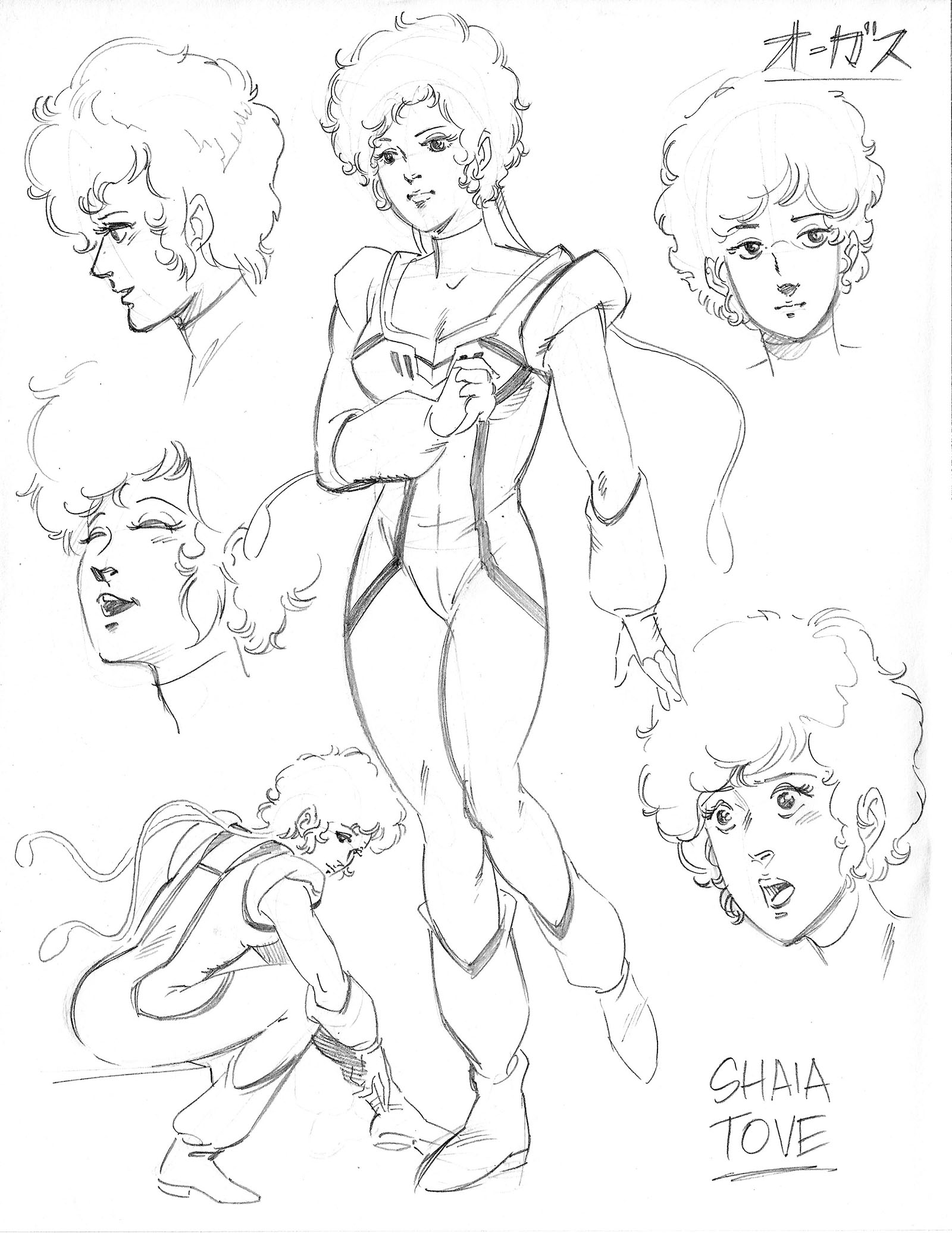
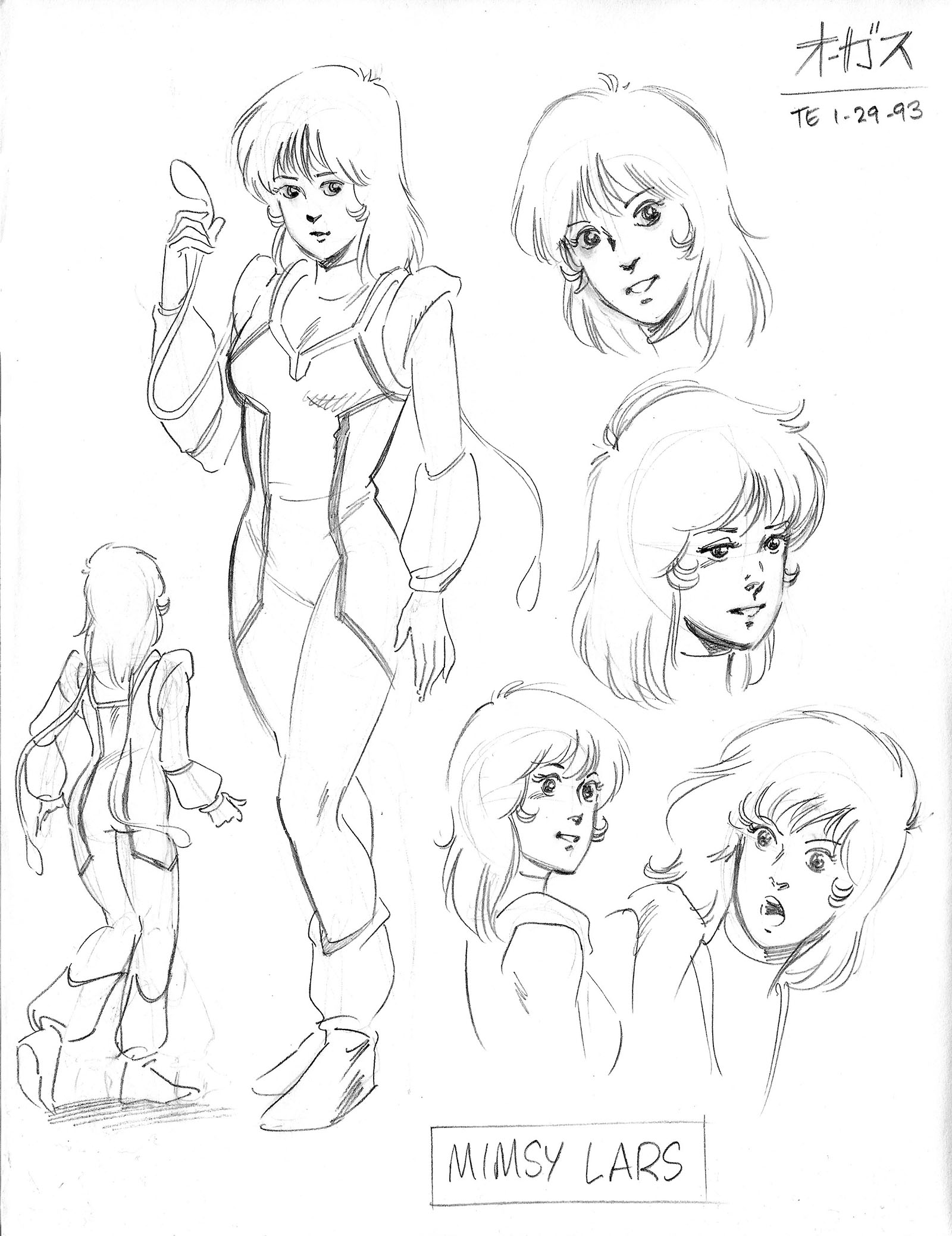
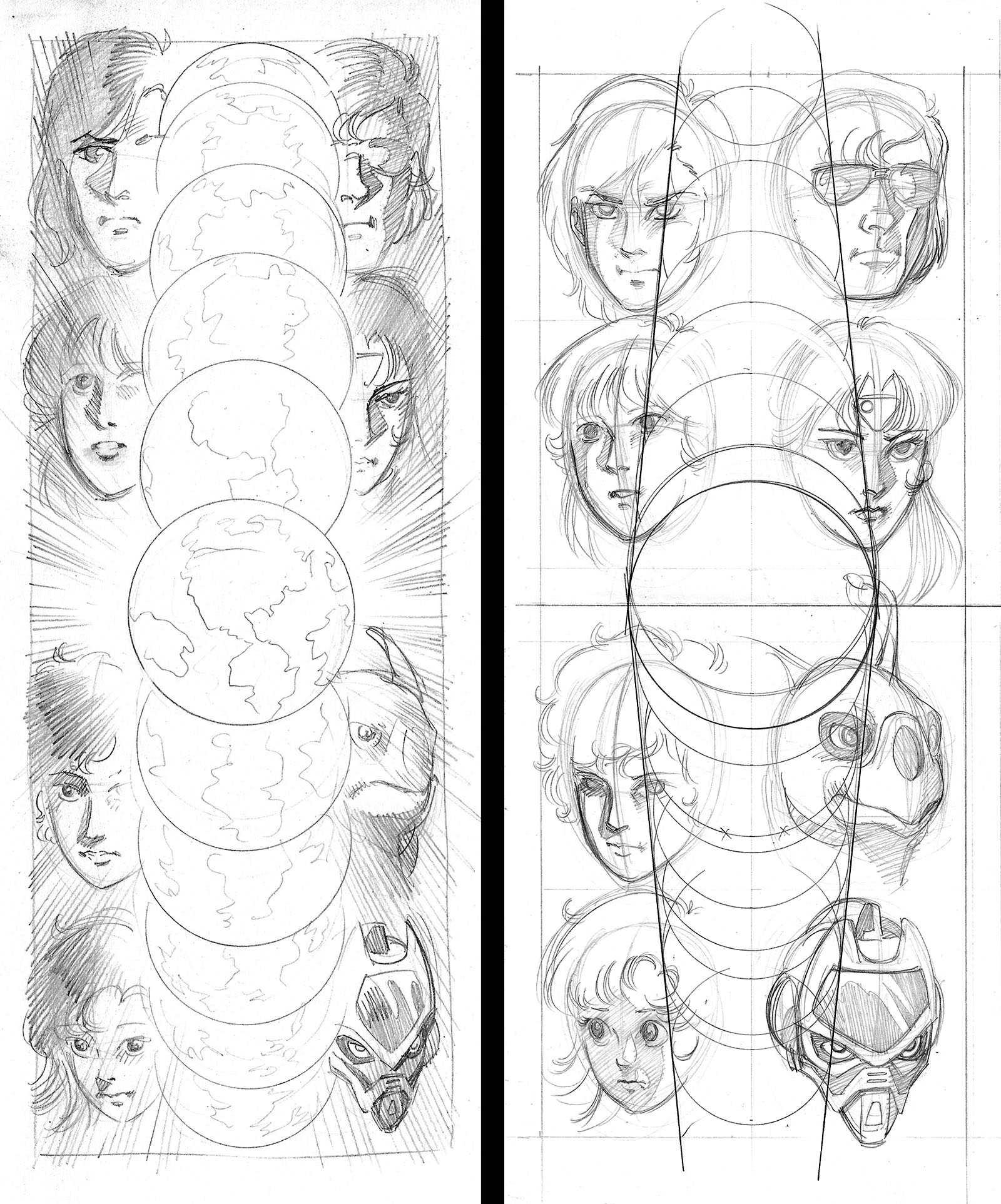
A fascinating look at “what might have been”…and it’s also both sad and frustrating to see so much work put into a project that was just scrapped without any reason. Sadly, it’s pretty much something that happens a lot in creative fields. Still, thank you for posting this.
Tim, my introduction to your work was because of another anime property you worked on–the adaptation of the 1984 LENSMAN anime and the TV series that followed, and after that, your VOTOMS Viewer’s Guide.
I admit that I still like ORGUSS, warts and all, especially the sequel series ORGUSS 02.
These are so interesting, Tim. Thanks for sharing them here…. if not, so many of these details just become lost forever
I had the whole series sent to me in raw VHS form from Japan while you were going through all this. I’m a BIG fan of the ORGUSS mecha, anime, models and toys, but also found the series characters and story content to be a meandering mess that led to a slam-bang climax that was more desperate than epic. That the staff for ORGUSS was emulating the ‘design style’ of MACROSS under the guise of “Super Dimension Century” seems like an afterthought, as a tangible link should have been the foundation of the overall initial plotting that was a MAROSS strong point. Thank you for this information!